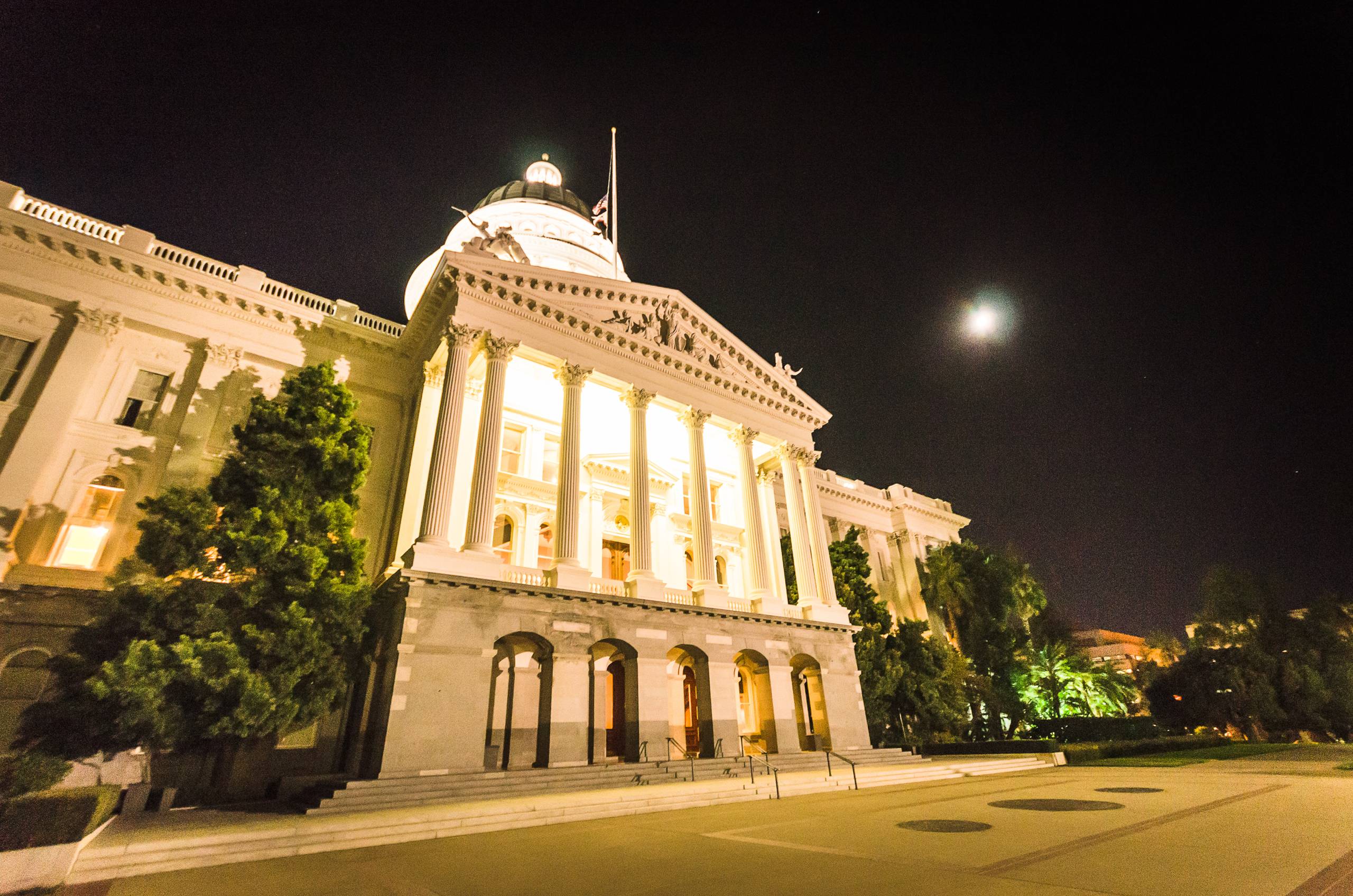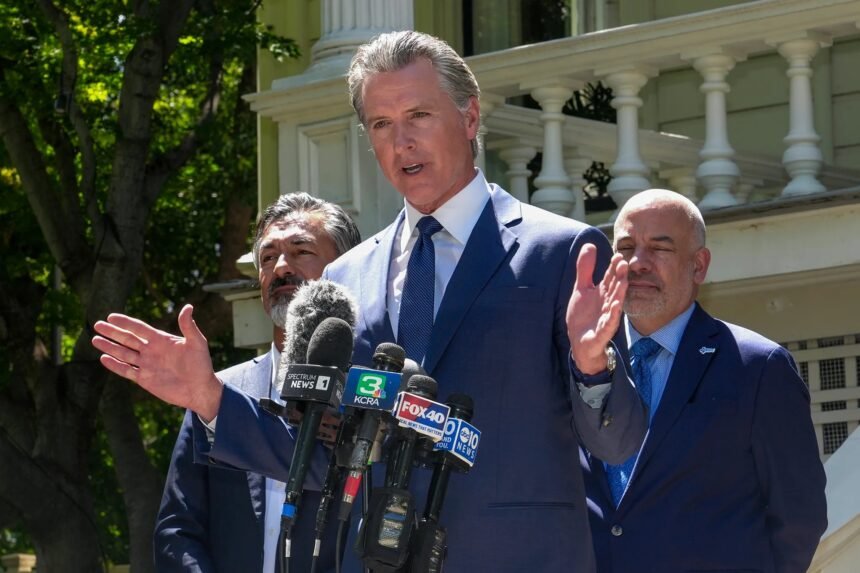“If we don’t put a stake into the heart of this administration, there may not be an election in 2028,” he said. “They’re not screwing around. We can’t afford to screw around either. We have got to fight fire with fire.”
There’s one major obstacle to the governor’s ambitions, however: While the Legislature draws district lines in Texas, California relies on a bipartisan citizen redistricting commission protected by the state Constitution.

In 2008, voters narrowly approved an amendment removing California legislators’ power to draw their own seats. Two years later, voters overwhelmingly passed another amendment expanding the commission’s authority to congressional maps.
The independent commission in California became a national model for advocates who hoped to end the partisan gerrymandering that has contributed to a decline in competitive House seats and the country’s fractious, sectarian politics.
Now Newsom, who said he otherwise supports independent redistricting, is exploring multiple options for working around the commission to squeeze more Democratic districts out of California, if Texas follows through on its plan.
That would probably involve calling a special election, Newsom said, though he is still discussing with the Legislature what sort of proposal they might present to voters. Would it include a new map to approve or create another process to draw on? Would the commission be temporarily or permanently repealed?
“This is a fluid conversation,” he said. “We’re gaming all those things out.”
Trump turns up the heat in Texas
States typically redraw their congressional seats once per decade, after the census, to ensure the districts are all roughly equal in population. The most recent maps were drawn after the 2020 election and took effect in 2022.
But last month, Trump’s political team began pressuring Republican leaders in Texas to revisit the state’s district lines and create additional GOP seats. The party won a five-seat majority in the House last November, the narrowest in nearly a century, leaving little room for error as Trump tries to enact his legislative agenda, putting control of the chamber at risk if next year’s midterm is a wave election against the unpopular president.







